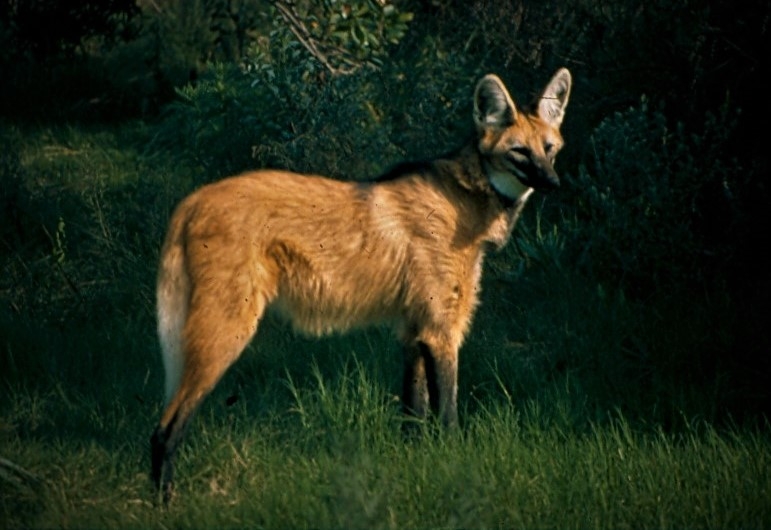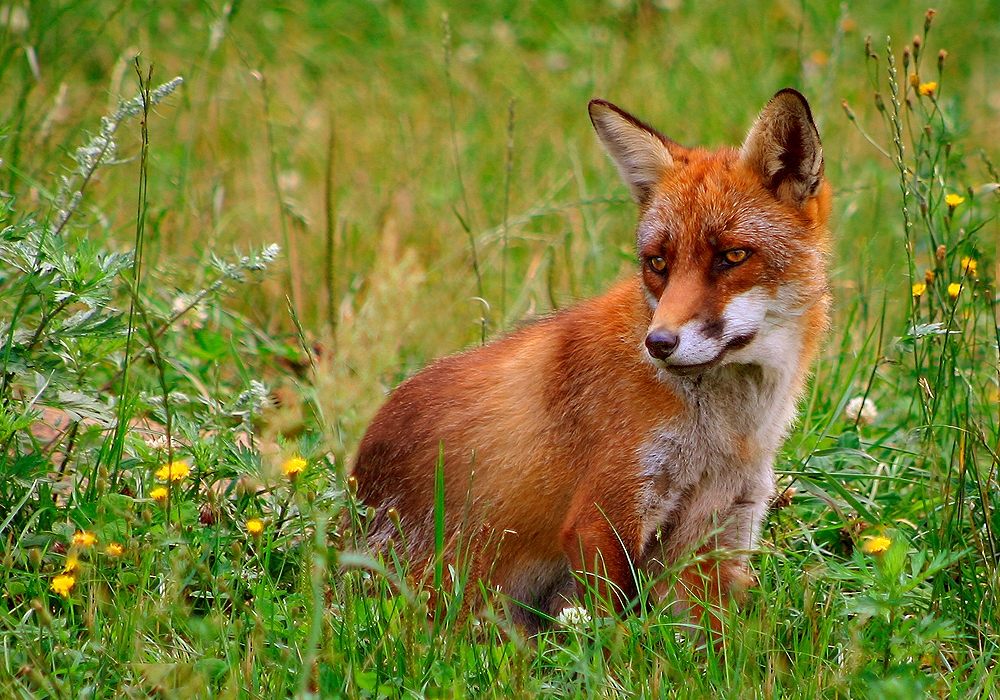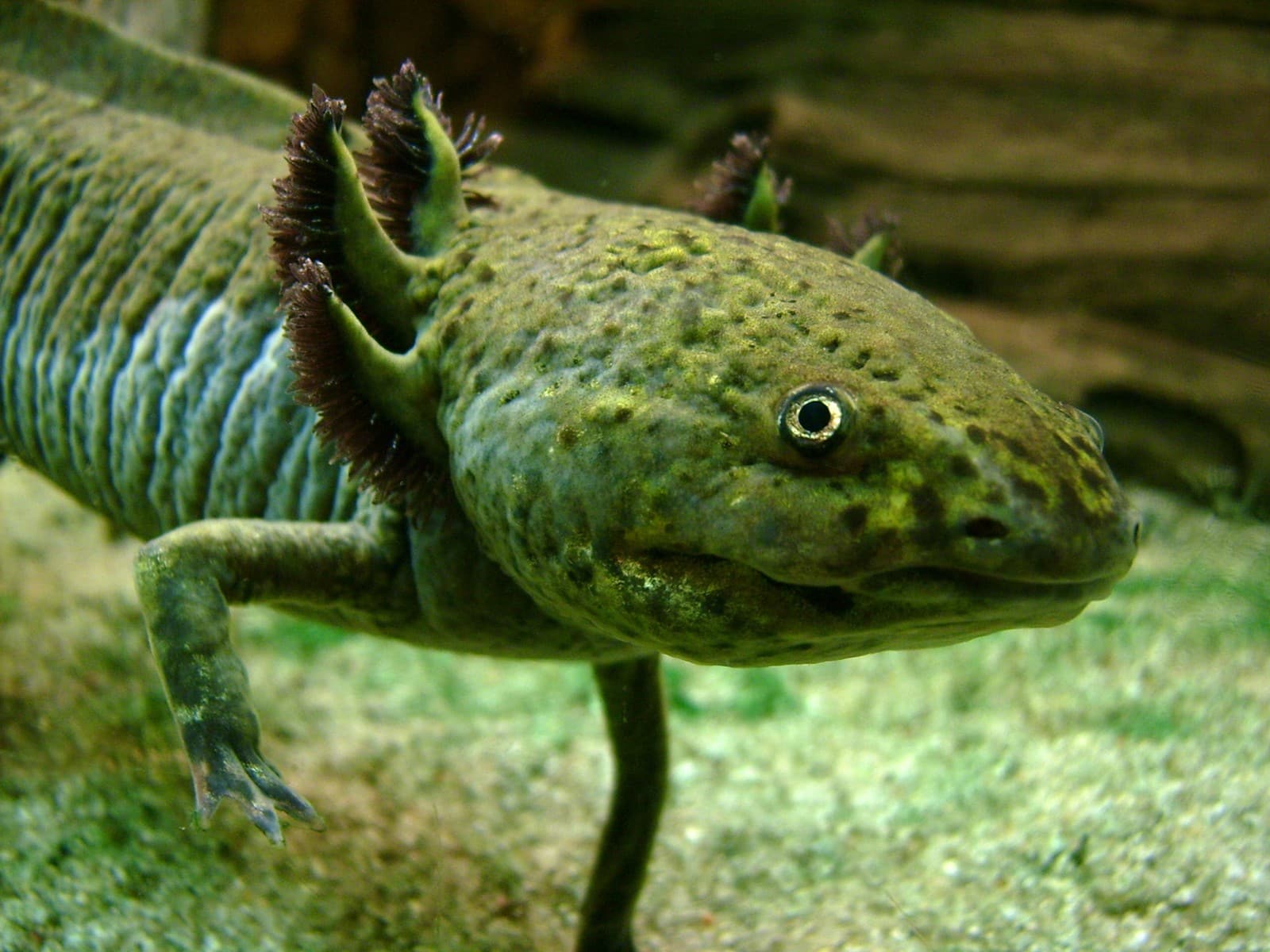Corgi vs Beagle: A Complete Comparison
When comparing Corgi vs Beagle breeds, both emerge as beloved family companions with distinct characteristics shaped by their working heritage. Corgis, originally cattle herders, stand 10-12 inches (25-30 cm) tall, while Beagles, bred for hunting, measure 13-15 inches (33-38 cm). These size differences reflect their historically different roles and influence their modern-day behavior patterns.
The choice between a Corgi and Beagle often comes down to lifestyle compatibility. Corgis excel in structured environments with clear leadership, requiring 45-60 minutes of daily exercise. Beagles, driven by their keen sense of smell, need similar exercise duration but demand more secure containment due to their tracking instincts.
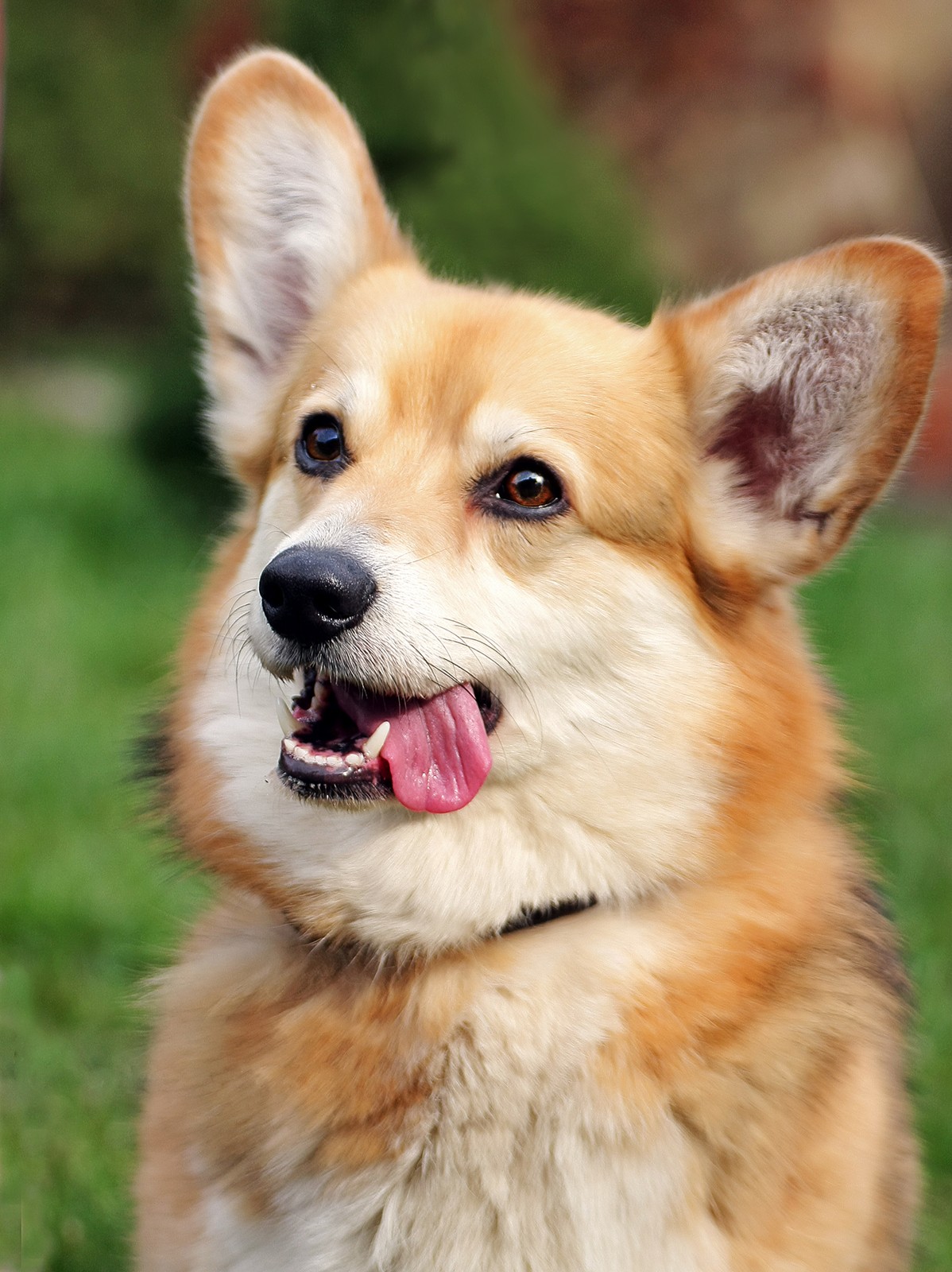
© Marsiyanka / CC BY-SA 3.0
The Pembroke Welsh Corgi showcases the breed’s characteristic alert expression and fox-like features that make them instantly recognizable among herding breeds. Their distinctive facial structure and upright ears reflect their heritage as efficient cattle herders.
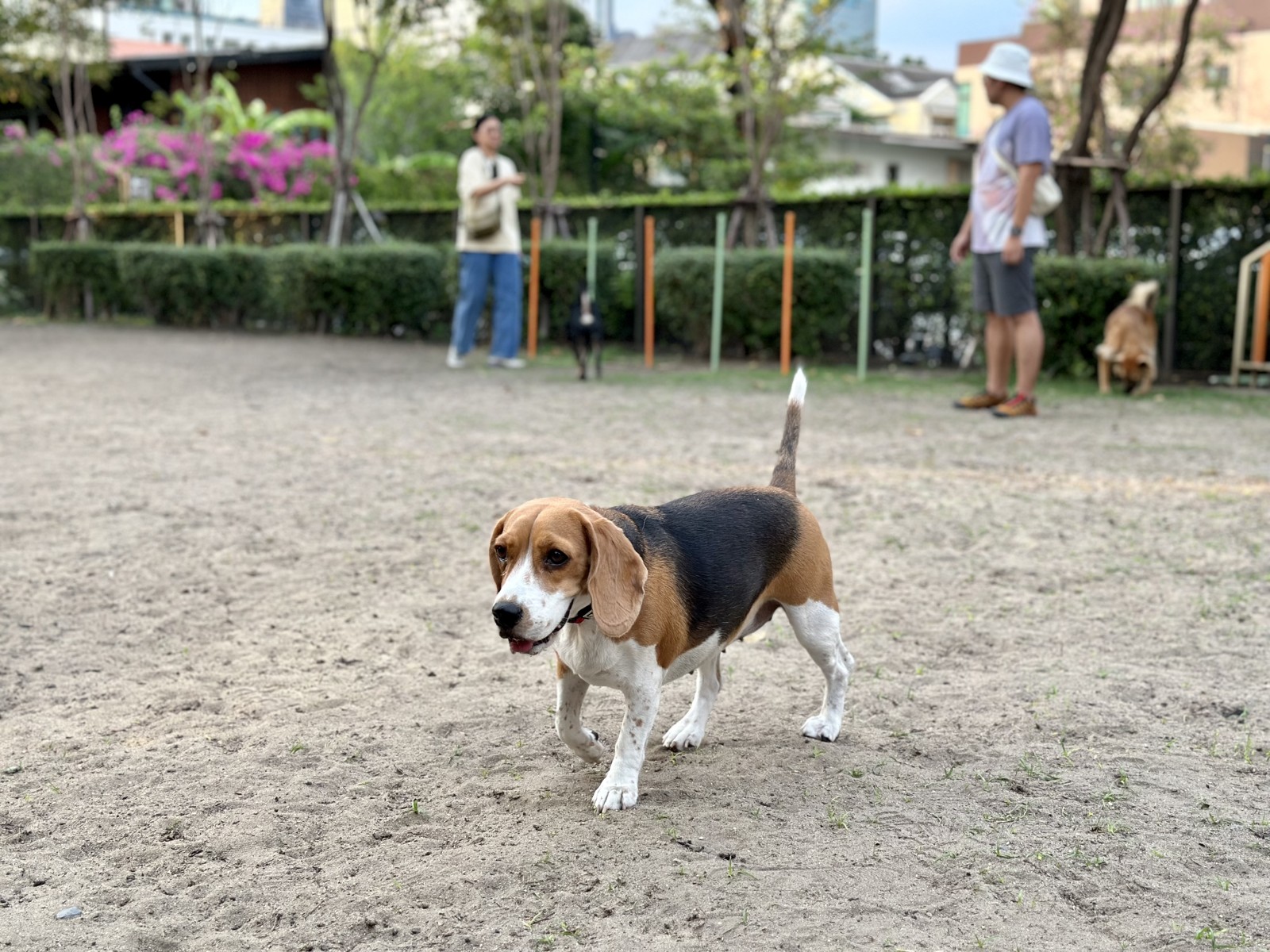
© Slyronit / CC BY-SA 4.0
The Beagle demonstrates the breed’s classic hunting stance and tricolor coat pattern. Their muscular build and characteristic dropped ears showcase the physical attributes that made them exceptional scent hounds.
Key Differences: Corgi vs Beagle
| Feature | Corgi | Beagle |
|---|---|---|
| Height | 10-12 inches (25-30 cm) | 13-15 inches (33-38 cm) |
| Weight | 25-30 lbs (11-14 kg) | 20-30 lbs (9-14 kg) |
| Lifespan | 12-14 years | 10-15 years |
| Exercise Needs | Moderate (45-60 min/day) | High (60+ min/day) |
| Grooming | Heavy shedder, weekly brushing | Moderate shedder, monthly grooming |
| Trainability | Highly trainable, intelligent | Independent, challenging to train |
Temperament and Personality
Corgi Characteristics
Corgis display remarkable intelligence and a strong work ethic, traits that made them excellent herding dogs. They exhibit:
- High alertness and watchdog tendencies
- Strong bonds with family members
- Natural herding instincts (may nip at heels)
- Independent thinking with good trainability
Beagle Personality
Beagles showcase their hunting heritage through their:
- Strong pack mentality
- Excellent with children and other dogs
- Powerful tracking instincts
- Vocal nature with distinctive howling
Health Considerations
Common Corgi Health Issues
- Intervertebral disk disease (IVDD)
- Hip dysplasia
- Progressive retinal atrophy
- Average veterinary costs: $500-800 annually
Beagle Health Concerns
- Epilepsy
- Cherry eye
- Hypothyroidism
- Average veterinary costs: $400-700 annually
Living Requirements
Corgi Space Needs
- Adaptable to apartment living
- Requires secure fencing
- Moderate indoor activity level
- Temperature-controlled environment recommended
Beagle Space Needs
- Needs secure, fenced yard
- Not ideal for apartments
- High indoor energy
- Tolerates various climates well
Training and Exercise
Corgi Training
- Responds well to positive reinforcement
- Excels in agility and herding trials
- Early socialization crucial
- Mental stimulation important
Beagle Training
- Food-motivated learning
- Challenging off-leash training
- Scent work enrichment necessary
- Patience required for house training
Making the Choice
Consider these factors when choosing between a Corgi vs Beagle:
- Activity Level
- Corgis: Structured exercise and mental challenges
- Beagles: Nose-driven activities and exploration
- Living Space
- Corgis: Adaptable to various homes
- Beagles: Need secure outdoor access
- Training Commitment
- Corgis: Consistent training with clear boundaries
- Beagles: Patient, persistent training approach
- Noise Tolerance
- Corgis: Moderate barking
- Beagles: Frequent howling and baying
Both breeds make excellent family companions when matched with appropriate lifestyles and expectations. Corgis excel in homes valuing structure and mental stimulation, while Beagles thrive in active households embracing their hunting heritage and social nature.
